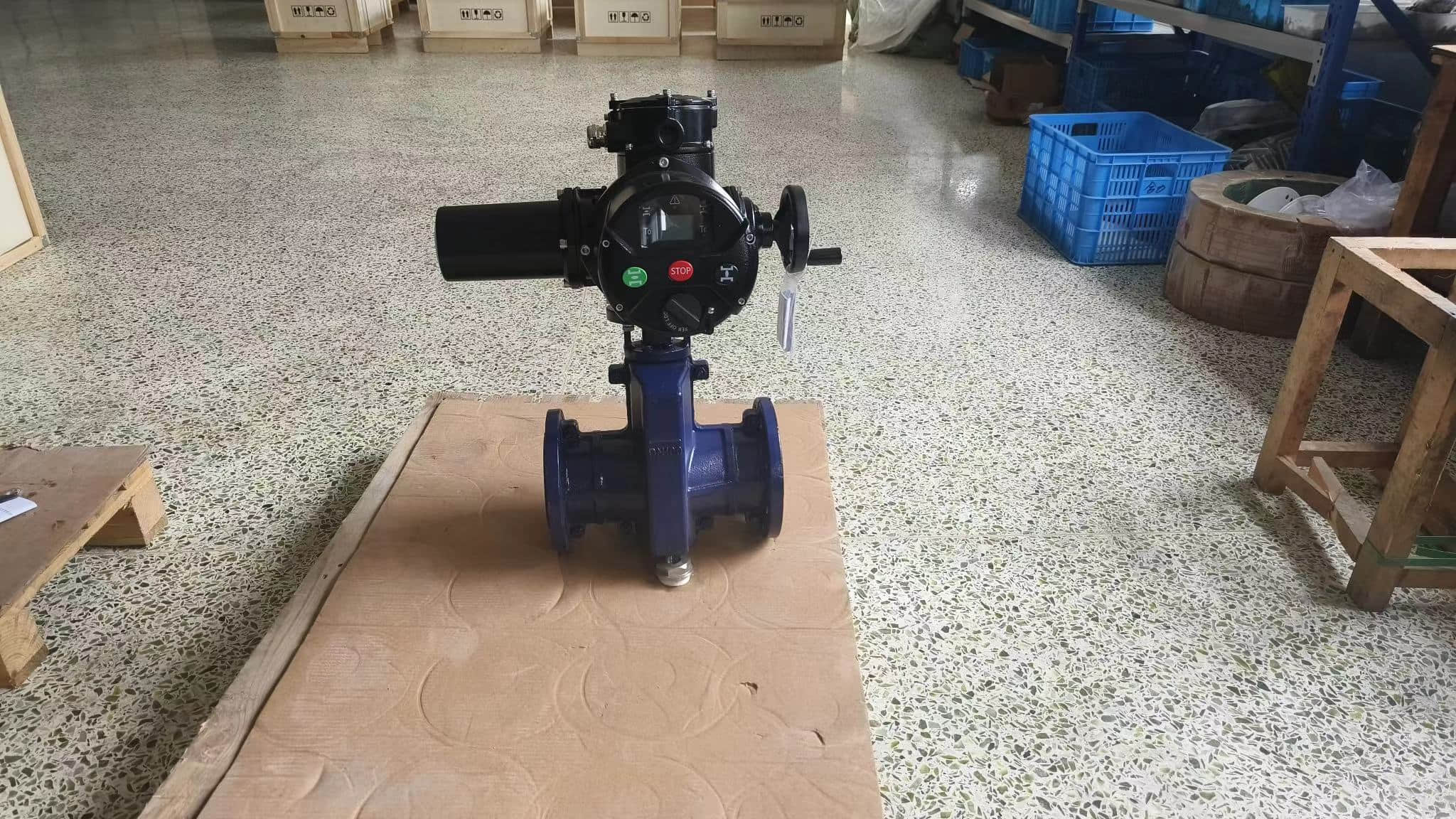understanding electric pinch valves: innovation in fluid control
Release time:2024-12-11 19:22:40
Electric pinch valves are an essential component in modern fluid control systems, widely used across various industries, including water treatment, pharmaceuticals, food processing, and chemical manufacturing. This innovative technology offers precise control over fluid flow, ensuring efficiency, reliability, and safety. In this article, we will explore the construction, working principle, advantages, applications, and future trends of electric pinch valves.

Construction and Working Principle Electric pinch valves consist of several key components: a flexible rubber or elastomeric tube, a body that houses the tube, and an electric actuator that controls the opening and closing of the valve. The tube is typically made from materials that resist corrosion and abrasion, making it suitable for handling a variety of fluids, including slurries, viscous liquids, and aggressive chemicals.
The working principle of an electric pinch valve is straightforward yet effective. When the electric actuator is activated, it exerts pressure on the flexible tube, effectively pinching it closed. This action restricts fluid flow. Conversely, when the actuator is deactivated, the tube returns to its original shape, allowing fluid to flow freely. This mechanism provides a simple, reliable way to control flow without introducing any moving parts into the fluid stream, minimizing the risk of contamination.

